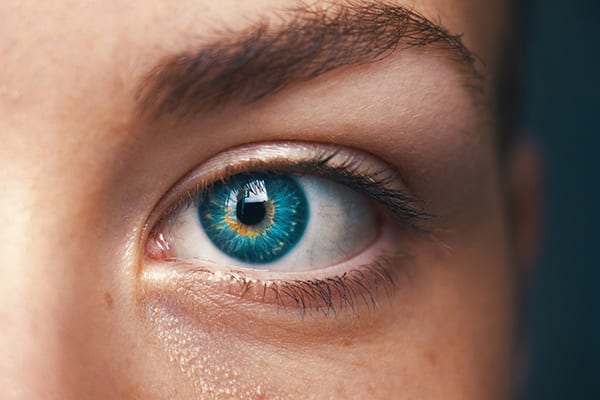According to researchers, like Robert Farrald and Richard Schamber, Visual Perceptual Deficit often leads to reading, writing and learning difficulties since 80% of all learning takes place through the eye and the functions of visual perception. Sudha Tumbe tells us more about the condition
Visual Perceptual Deficit, as the term implies, is a condition in which a child is unable to accurately interpret and organise visual information. According to its definition, ‘Visual Perception’ is the process of interpreting and organising visual information based on previous experiences and learning. Visual Perception is possible because of two functions:
Visual Discrimination, which involves the ability to attend to and identify an object’s distinguishing features and details such as orientation, shape, size and colour.
Visual Memory, which is the ability to store and retrieve a visual image.
Visual Perception is a very important mechanism in the process of learning to read and write. In its working mechanism, Visual Perception matches an image on a page with a previously stored image in the brain.
Also, a child must be able to discriminate between foreground, background, sizes, forms and spatial relations. However, if there is a deficit in the Visual Perception, it may lead to difficulties in learning. In fact, cognitive deficits often have their origin in Visual Perceptual Deficit, since it is the misinterpretation of what the child sees.
VISUAL PERCEPTUAL DEFICIT AND LEARNING
Visual Perceptual Deficit occurs when the child’s abilities of Visual Discrimination and Visual Memory are affected.
Visual Discrimination:
Faulty Visual Discrimination can be seen among children in various forms.
In the context of reading, some children face difficulties in perceiving the likeness and differences of vowels and consonants in words, or sometimes display reversals, omissions and additions in their reading. For example, a young reader is sometimes unable to differentiate between vowels and therefore the words ‘went’ and ‘want’ or ‘horse’ and ‘house’. Also it has been noticed that children make mistakes with numbers like 6 and 9 or 1 and 7 or 8 and 0 and in Mathematical Operations like +and × or ÷ and – in children with Dyscalculia or Mathematical learning Disability.
When asked the same question orally they answer correctly but written answers will be wrong as they perceive the numbers wrongly. When the difficulty is with consonants, children are not able to differentiate between ‘then’ and ‘when’ or ‘would’ and ‘could’. Children who display reversals and confuse ‘d’ with ‘b’ or ‘q’ with ‘p’ are often checked for the possibility of being dyslexic.
Visual Memory:
Visual memory is critical to learning. As mentioned before, Visual Memory is
the ability to store and retrieve previous visual sensations and perceptions when the original stimuli is presented. This would involve a vivid visual mental image of a word.
Children who have a deficient Visual Memory often find it difficult to remember the overall visual appearance of words, or the sequence of the letters in a word. Their ‘sight vocabulary’ therefore remains poor if there is no intervention.
INTERVENTION STRATEGIES
Perceptual ability largely depends upon the amount of perceptual practice and experience that the child has been exposed to. This means that Visual Perceptual Deficit can be overcome through the repeated inputs of various experiences and practices.
Enhancing Visual Discrimination would entail parents and educators pointing out the differences in words to children and establishing an internalised understanding of the same.
Similarly, in case of Visual Memory, a special educator may be required to promote the proper storage and retrieval of words through interventions such as creating word associations etc.
It is necessary to develop foundational learning skills, which in turn will promote Visual Perception.

The skills would include
the following:
Concentration
♦ Visual discrimination of foreground, background, form, size, colour, dimension and spatial positions
♦ Visual analysis and synthesis of positions in space
♦ Auditory discrimination, analysis and synthesis
of positions in time and space
♦ Decoding and integration of information
♦ Visual closure
♦ Imagination
♦ Visual memory-forms
and sequences
♦ Short-term and
working memory
♦ Long-term memory enhancement
♦ Logical thinking and reasoning
♦ Sensory integration
Visual Perceptual Deficit can be remedied with the intervention of a special educator and the support of family and friends. And it goes without saying that early intervention is critical when it comes to Visual Perceptual Deficit.
– Sudha Tumbe
Special Educator & Rehabilitation Specialist for the Visually Impaired
Lotus College of Optometry










